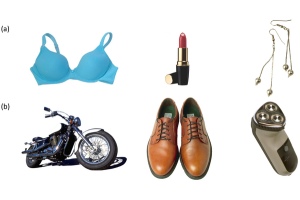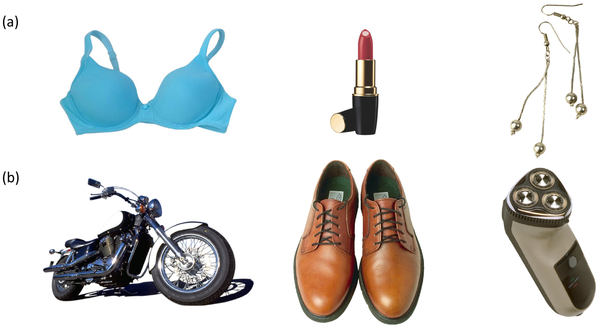 Lo studio pubblicato su PLOS ONE dal ricercatore Amir Homayoun Javadi della Technische Universität di Dresda, sembra confermare come il nostro cervello sia sensibile e fortemente influenzabile nel riconoscimento facciale, ma non solo, da una serie di visioni già precedente associate a un determinato genere. Se il soggetto vede in sequenza solo oggetti riferiti a un genere tenderà più facilmente ad associare a quel genere anche i volti presentati successivamente. La ricerca integrale è pubblicata qui e gli aspetti interessanti sono le possibili applicazioni al marketing e al visual merchandising. Se è così facile ingannare il cervello con sequenze riconosciute potrebbero esserlo anche per modalità associative e comportamentali? Aspettiamo nuove indagini.
Lo studio pubblicato su PLOS ONE dal ricercatore Amir Homayoun Javadi della Technische Universität di Dresda, sembra confermare come il nostro cervello sia sensibile e fortemente influenzabile nel riconoscimento facciale, ma non solo, da una serie di visioni già precedente associate a un determinato genere. Se il soggetto vede in sequenza solo oggetti riferiti a un genere tenderà più facilmente ad associare a quel genere anche i volti presentati successivamente. La ricerca integrale è pubblicata qui e gli aspetti interessanti sono le possibili applicazioni al marketing e al visual merchandising. Se è così facile ingannare il cervello con sequenze riconosciute potrebbero esserlo anche per modalità associative e comportamentali? Aspettiamo nuove indagini.

Questo è l’abstract: Adaptation aftereffects have been found for low-level visual features such as colour, motion and shape perception, as well as higher-level features such as gender, race and identity in domains such as faces and biological motion. It is not yet clear if adaptation effects in humans extend beyond this set of higher order features. The aim of this study was to investigate whether objects highly associated with one gender, e.g. high heels for females or electric shavers for males can modulate gender perception of a face. In two separate experiments, we adapted subjects to a series of objects highly associated with one gender and subsequently asked participants to judge the gender of an ambiguous face. Results showed that participants are more likely to perceive an ambiguous face as male after being exposed to objects highly associated to females and vice versa. A gender adaptation aftereffect was obtained despite the adaptor and test stimuli being from different global categories (objects and faces respectively). These findings show that our perception of gender from faces is highly affected by our environment and recent experience. This suggests two possible mechanisms: (a) that perception of the gender associated with an object shares at least some brain areas with those responsible for gender perception of faces and (b) adaptation to gender, which is a high-level concept, can modulate brain areas that are involved in facial gender perception through top-down processes.

